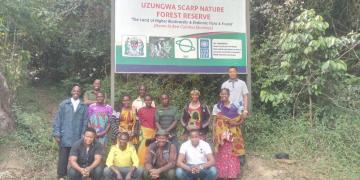Community Public Participation and Sensitization
Mapping, Needs Assessment, and Data Collection
Construction of Electrified Porcupine Fences
Community Engagement and Training on Climate-Smart Agriculture
Integrated Land Use Planning
Project Impact Evaluation and Learning
